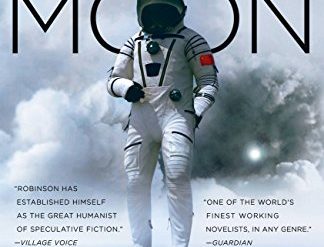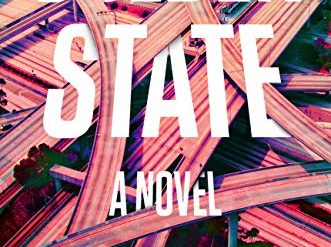
From 1910 to 1945, Korea was a Japanese colony. The Empire methodically set about “Japanizing” the country, imposing the conquerors’ language and customs. Japanese colonial administrators even went so far as to forbid women to wear white, as custom had dictated. When Koreans emigrated to Japan to escape the grinding poverty that resulted from Japan’s extraction of the peninsula’s wealth, they found the treatment just as harsh in their new home. The notorious use of Korean “comfort women” by the Japanese army in World War II was merely one of innumerable aspects of the oppressive regimen they imposed on Korea for 35 years. And much of this comes to light in the pages of Min Jin Lee’s brilliant novel about Korea and Japan, Pachinko.
A story spanning eight decades
In the novel, the action unfolds from 1910 to 1989. In the first of three parts, spanning the years 1910 to about 1930, we meet a poor Japanese fisherman in an island fishing village off the coast near the town of Busan, South Korea’s second-largest city today. We follow the life of young Sunja as she grows into a beautiful young woman and falls in love with a wealthy Korean fish broker named Koh Hansu, who makes his home in Osaka. But the man is married in Japan and will not divorce his wife. Sunja’s son, Noa, is born without a father.
Pachinko by Min Jin Lee (2017) 650 pages ★★★★★
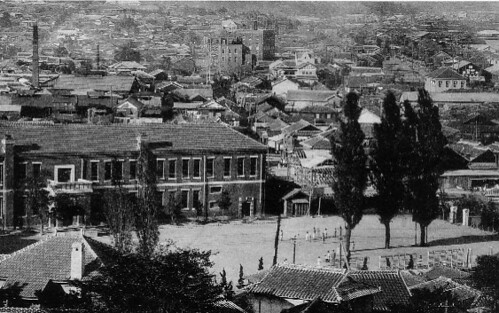
The trying years of the Depression and World War II
In Book Two, a handsome young Christian preacher named Baek Isak (“Isaac Beck” in English) arrives on the island and moves in at Sunja’s mother’s boardinghouse. To save Sunja and give Noa a father, he marries her. Sunja’s second son, Mozasu, is born. But Baek Isak falls into the hands of the Japanese police, who mistakenly arrest him for disloyalty to the Emperor. In desperation, Sunja seeks help from Koh Hansu, whom she had sworn never to see again.
The decades slip by
In Book Three, the story continues in Japan. Brilliant young Baek Noa enters the prestigious Waseda University in Tokyo. He is angry that his mother has swallowed her pride and allowed Koh Hansu to pay for the young man’s tuition and expenses. But when he discovers that Koh Hansu is really a yakuza boss, he drops out of school in shame and flees to the city of Nagano. There, he secures a job as a bookkeeper in a pachinko parlor. He is unaware that his younger brother, Mozasu, has also become involved in the pachinko industry and is growing wealthy as the owner of first one then several parlors.
Mozasu’s son, Solomon, is as bright as his uncle and attends university in New York, becoming an investment banker. The story concludes with Solomon’s misfortune in the banking industry and Noa’s death by suicide. It’s not a pretty story, but it is deeply moving and successfully paints an evocative picture of another time and place unfamiliar to most readers.
The pachinko industry is enormous
Since 1948, when the first commercial parlor was opened, pachinko has remained one of the most popular forms of diversion in Japan. As Wikipedia notes, “As of 2015, Japan’s pachinko market generates more gambling revenue than that of Las Vegas, Macau, and Singapore combined.” An estimated 80 percent of pachinko parlors in Japan are owned by ethnic Koreans. As early as 1999, the industry employed 330,000 people and generated several hundred billion dollars in revenue. Historically, the yakuza wielded great influence in the industry, using it for money laundering and racketeering. But criminal activity has declined under strong pressure from Japanese police.
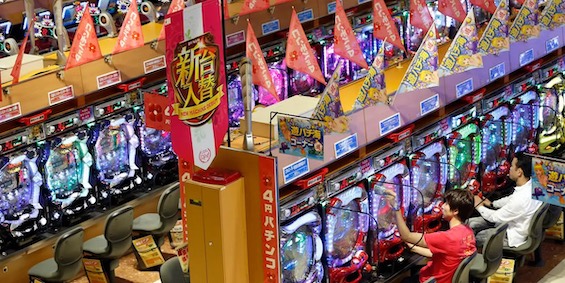
Pachinko on the screen
In 2022, Apple TV+ brought to the small screen a serial adaptation of the novel under the same title. Unfortunately, the writers and producers changed the story in radical ways and dramatically altered the timeline Min Jin Lee so carefully followed in the novel. I watched only the first three episodes and gave up. If you want to enjoy the story and learn the author’s perspective on the fate of Koreans in Japan, read the book.
About the author
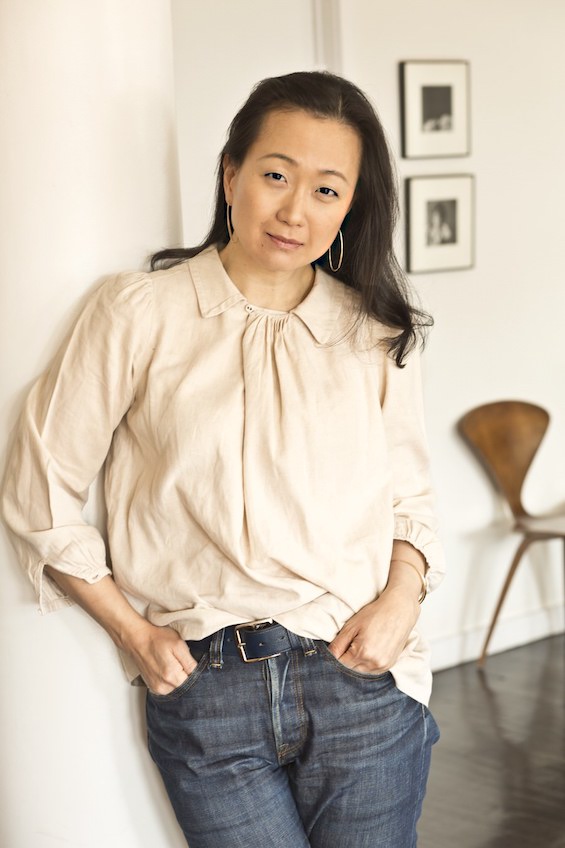
Min Jin Lee (1968-) is a Korean-American writer and journalist based in Manhattan. She is the author of two novels as well as numerous essays and nonfiction articles that have appeared in such publications as the New York Times and the Wall Street Journal. She is currently the writer-in-residence at Amherst College in Massachusetts.
For more reading
This is one of The 20 best books of 2022.
You might also be interested in:
- 20 most enlightening historical novels
- Top 10 great popular novels reviewed on this site
- The decade’s top 10 historical novels, mysteries & thrillers, and science fiction
And you can always find my most popular reviews, and the most recent ones, plus a guide to this whole site, on the Home Page.

